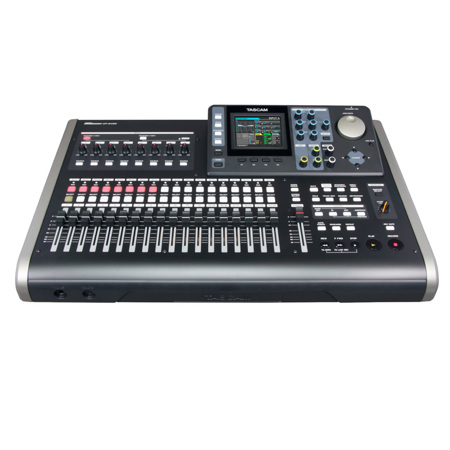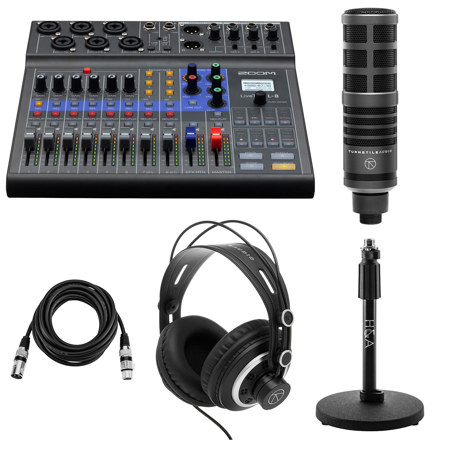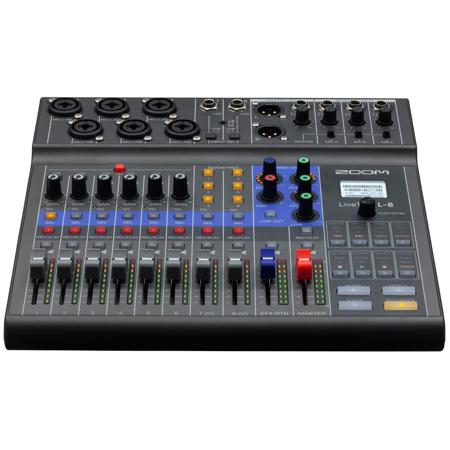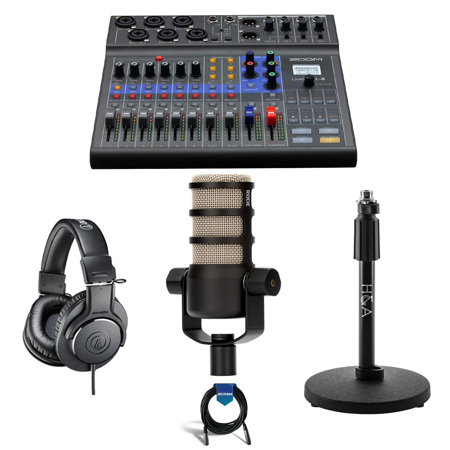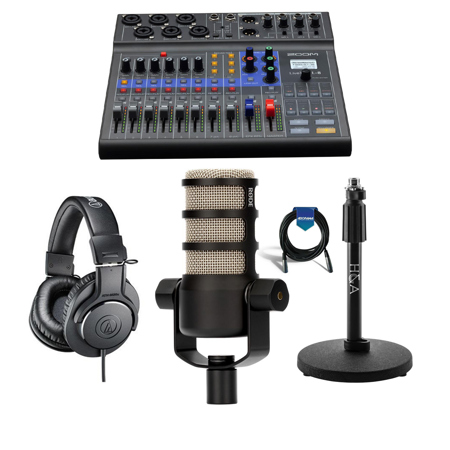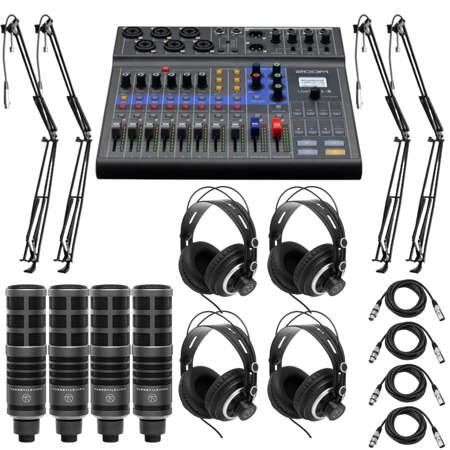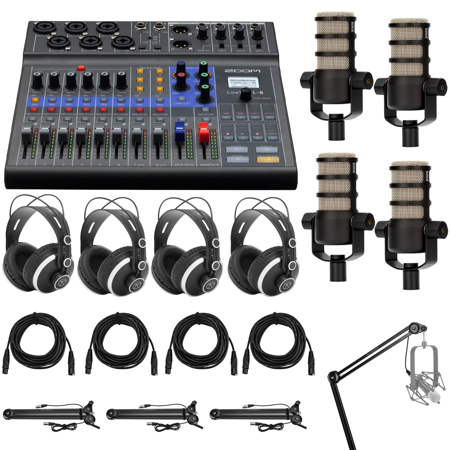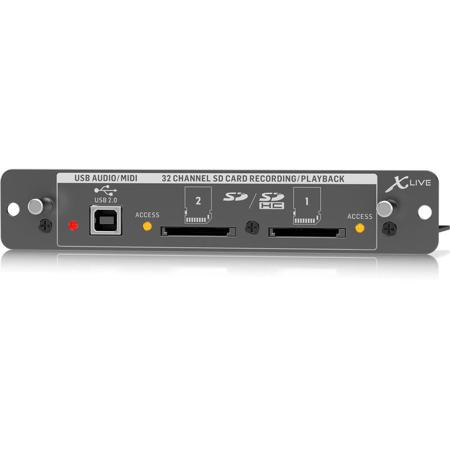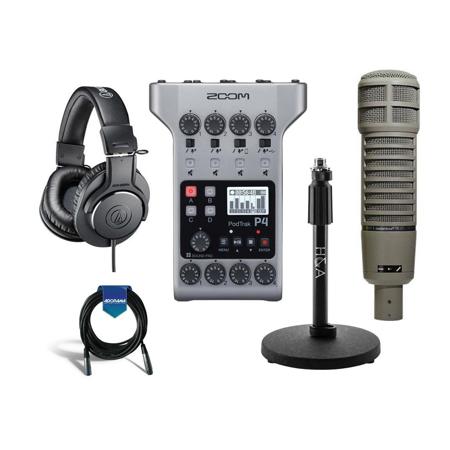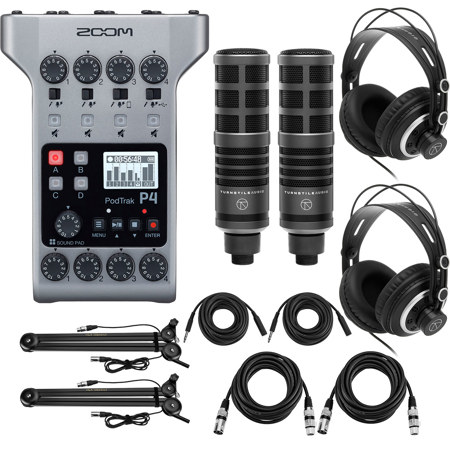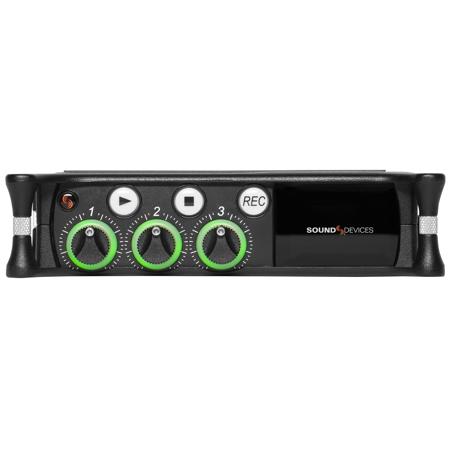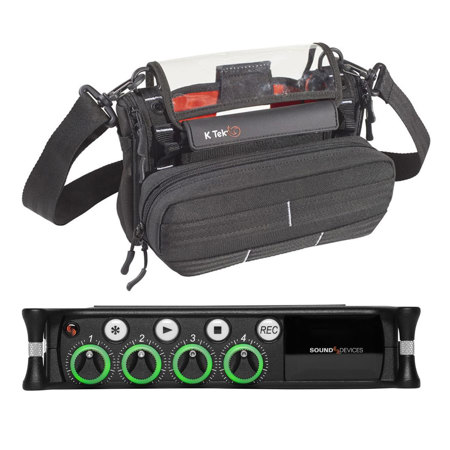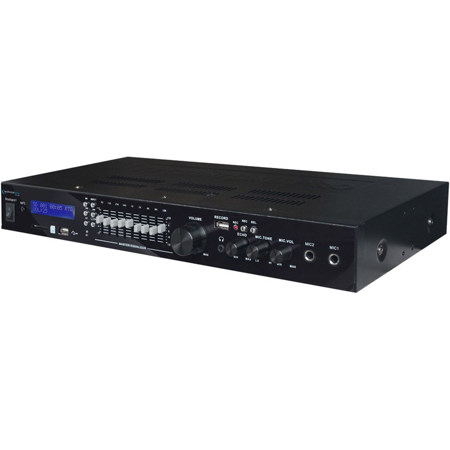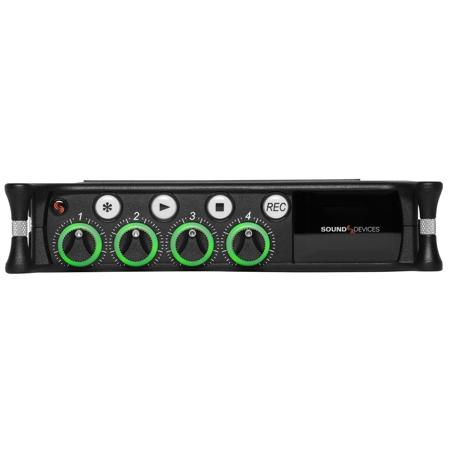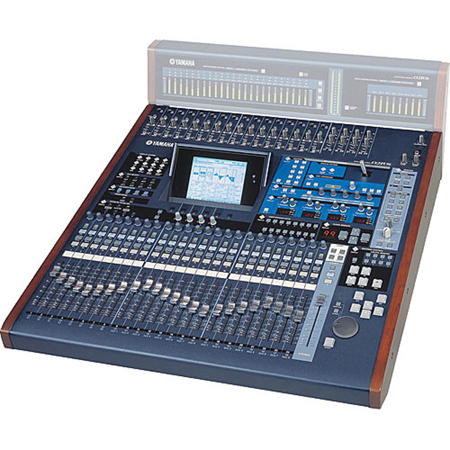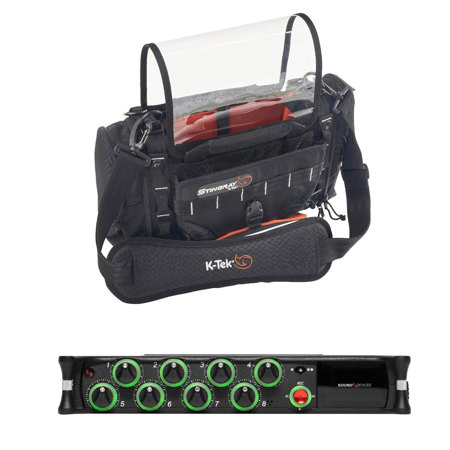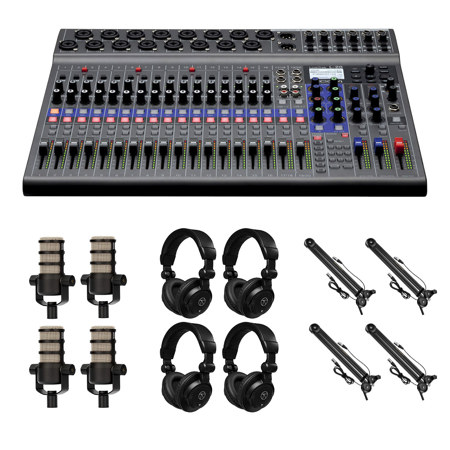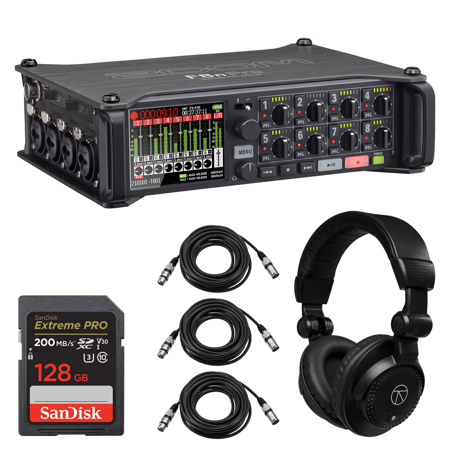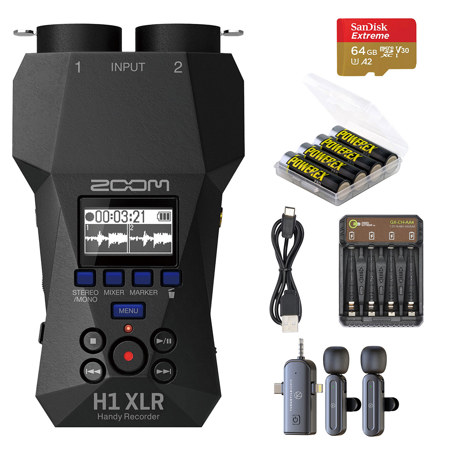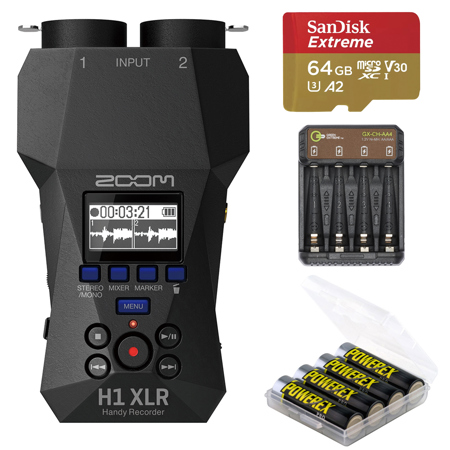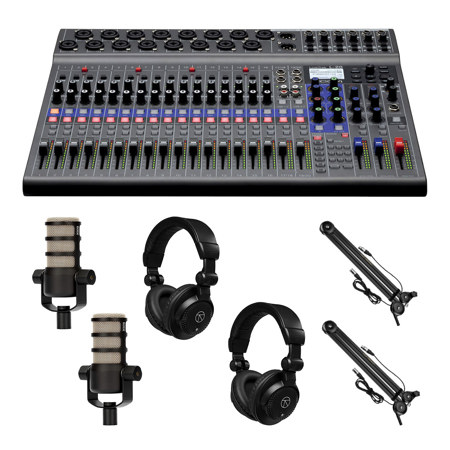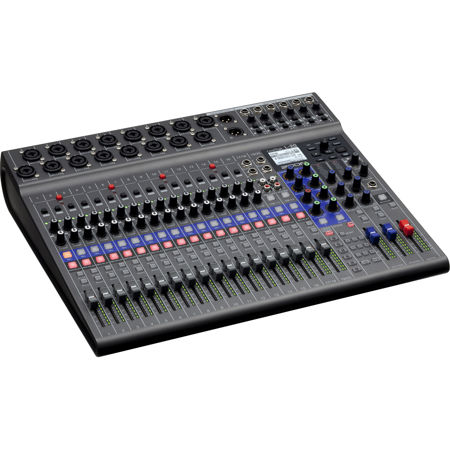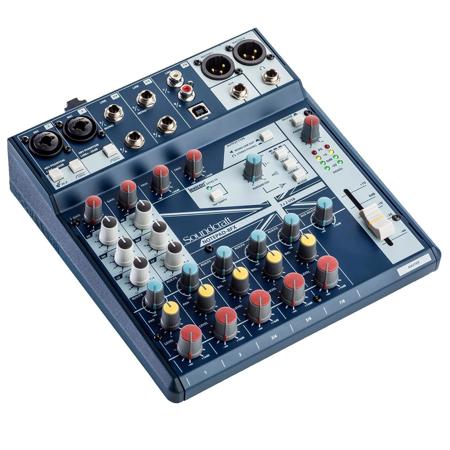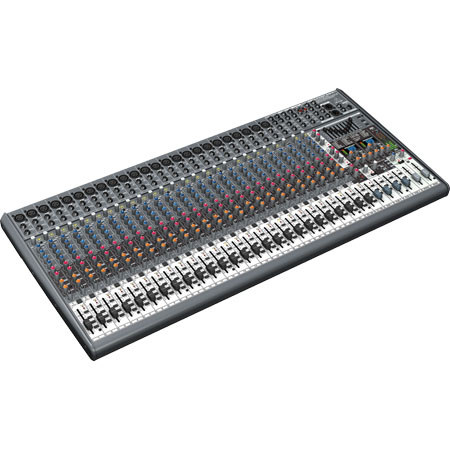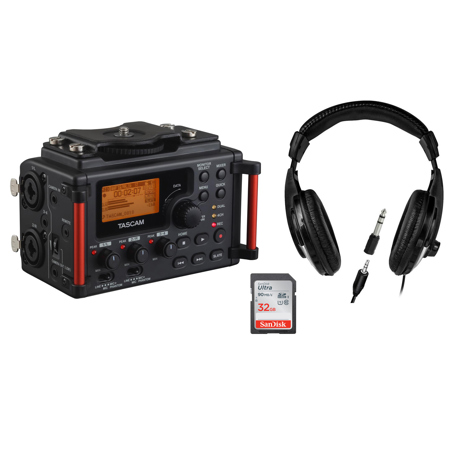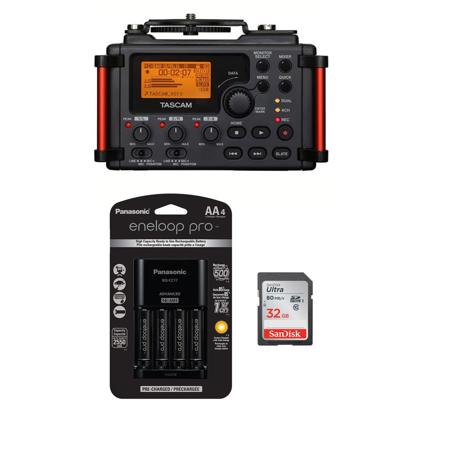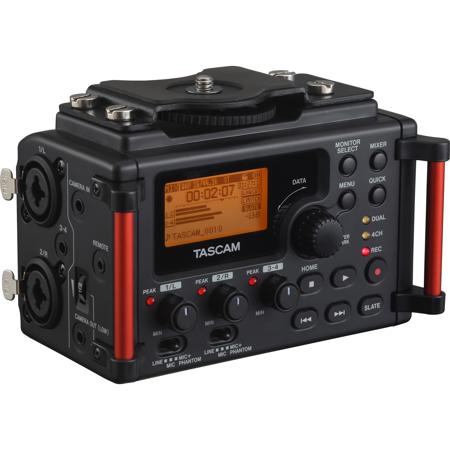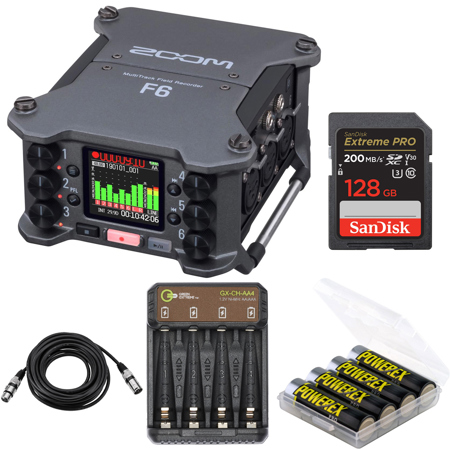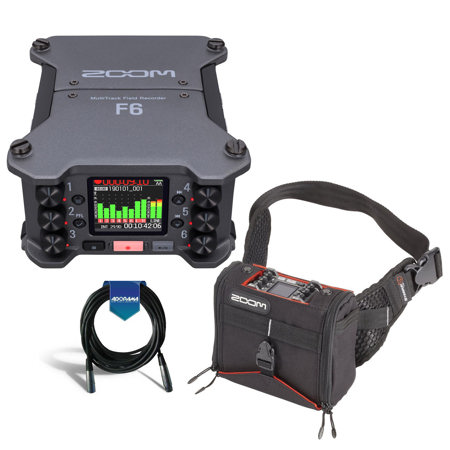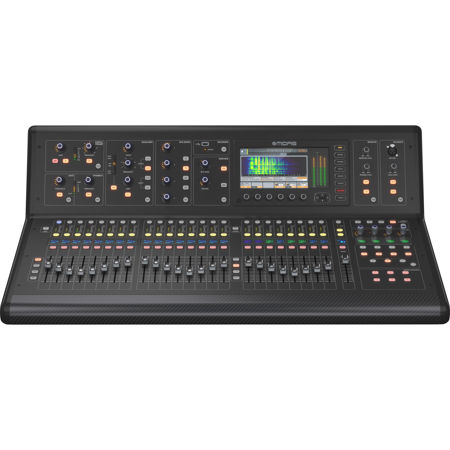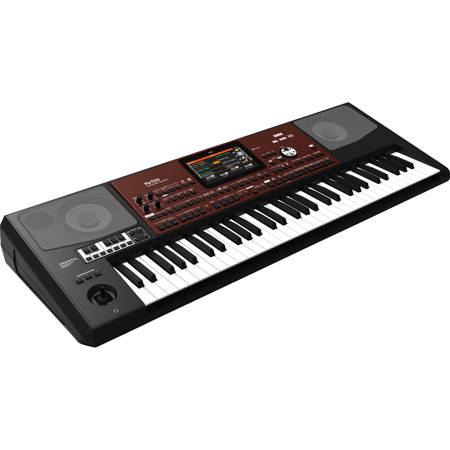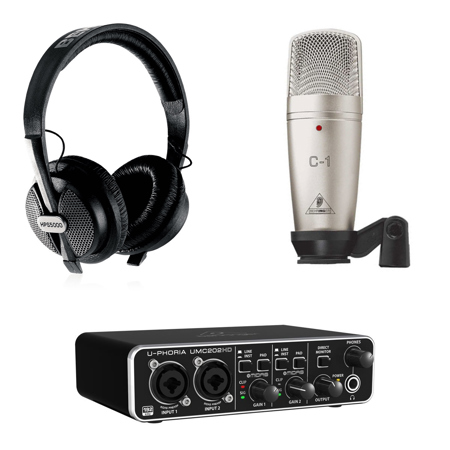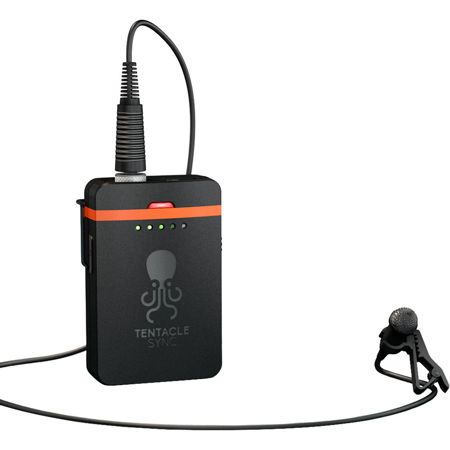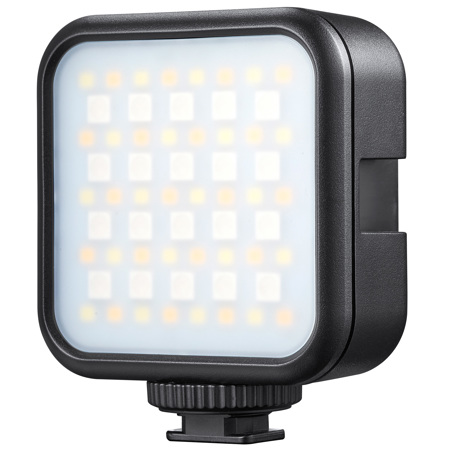Recording Soundboards
In the world of audio production, recording soundboards are the unsung heroes that bring clarity, depth, and precision to every project, whether in a bustling studio, a cozy home setup, or on the road with a mobile rig. These versatile devices serve as the nerve center for sound engineers, musicians, podcasters, and content creators, making them essential for anyone serious about capturing and shaping audio. As autumn settles in and creative projects ramp up—whether it's tracking a new album, prepping for a podcast series, or setting up for live-streamed performances—soundboards become even more valuable, handling everything from simple mixing tasks to complex multi-channel recordings. The tactile experience of adjusting faders, dialing in EQ, and routing signals provides a hands-on connection to the creative process that software alone can't replicate. For those who thrive on collaboration, a soundboard can turn any space into a collaborative studio, allowing multiple performers, vocalists, and instruments to come together seamlessly.
Choosing the right recording soundboard involves considering the unique needs of your workflow. For beginners setting up their first home studio, a compact and intuitive soundboard with straightforward controls can be a game-changer, making the process of capturing ideas as smooth as possible. More experienced users, such as audio engineers or live sound professionals, might look for advanced routing options, built-in effects, and digital integration to maximize flexibility and efficiency. Inputs and outputs, preamp quality, onboard processing, and compatibility with other gear are all crucial factors that can shape the recording experience. In creative environments where time is of the essence—like live events, theater productions, or fast-paced studio sessions—the reliability and intuitive design of a soundboard can make all the difference. These tools are also a thoughtful gift for aspiring musicians, podcasters, or sound enthusiasts, especially as the holiday season approaches and the search for meaningful, practical gifts begins. Imagine the excitement of unboxing a new soundboard as the leaves turn and the air grows crisp, ready to capture autumn’s creative inspiration.
Soundboards are not just for professionals; they are increasingly accessible for hobbyists, educators, and anyone passionate about high-quality audio. Teachers integrating music technology into classrooms, content creators leveling up their YouTube or Twitch streams, and families recording interviews or personal stories all find value in the versatility and user-friendly features of today’s recording soundboards. The right choice can grow with you, supporting everything from simple two-track recordings to full-band multi-track sessions. As you explore the possibilities, it’s helpful to look at the broader landscape of Recording Hardware to ensure your setup is complete and future-proof. Whether you’re capturing the subtle crackle of autumn leaves underfoot for a soundscape, tracking vocals for a new song, or running sound for a local event, a reliable soundboard is the foundation that brings every element together with clarity and creative control.
Choosing the right recording soundboard involves considering the unique needs of your workflow. For beginners setting up their first home studio, a compact and intuitive soundboard with straightforward controls can be a game-changer, making the process of capturing ideas as smooth as possible. More experienced users, such as audio engineers or live sound professionals, might look for advanced routing options, built-in effects, and digital integration to maximize flexibility and efficiency. Inputs and outputs, preamp quality, onboard processing, and compatibility with other gear are all crucial factors that can shape the recording experience. In creative environments where time is of the essence—like live events, theater productions, or fast-paced studio sessions—the reliability and intuitive design of a soundboard can make all the difference. These tools are also a thoughtful gift for aspiring musicians, podcasters, or sound enthusiasts, especially as the holiday season approaches and the search for meaningful, practical gifts begins. Imagine the excitement of unboxing a new soundboard as the leaves turn and the air grows crisp, ready to capture autumn’s creative inspiration.
Soundboards are not just for professionals; they are increasingly accessible for hobbyists, educators, and anyone passionate about high-quality audio. Teachers integrating music technology into classrooms, content creators leveling up their YouTube or Twitch streams, and families recording interviews or personal stories all find value in the versatility and user-friendly features of today’s recording soundboards. The right choice can grow with you, supporting everything from simple two-track recordings to full-band multi-track sessions. As you explore the possibilities, it’s helpful to look at the broader landscape of Recording Hardware to ensure your setup is complete and future-proof. Whether you’re capturing the subtle crackle of autumn leaves underfoot for a soundscape, tracking vocals for a new song, or running sound for a local event, a reliable soundboard is the foundation that brings every element together with clarity and creative control.
